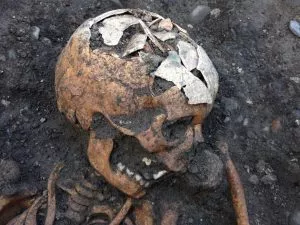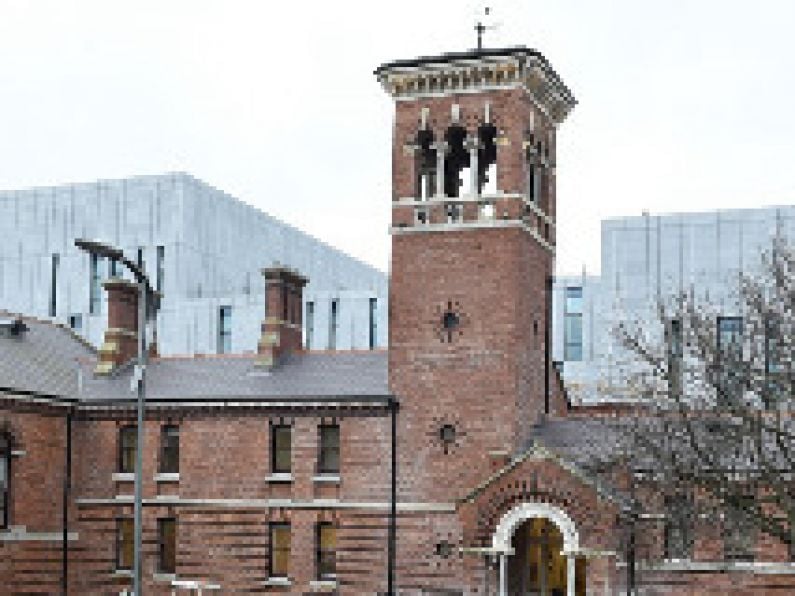Four medieval skeletons have been found in Kilkenny.
The remains dating between 1250 and 1350 AD were uncovered during excavations at St Mary's Church in the last few weeks.

Works are underway to build a new museum at the site and a number of skeletal remains are being preserved in-situ.
However these new remains have been removed and are being forensically examined.
It's hoped once the examinations and works have been completed they will be returned to take centre stage at the new museum.

Cóilín Ó Drisceoil, Managing Director of Kilkenny Archaeology in his preliminary commentary noted:
"The four skeletons can be dated to c.1250-1350 AD based on pottery found in their graves meaning they are of the first few generations of Anglo-Norman colonists in Kilkenny.
Their place of burial, in the south-west corner of the city's main graveyard around St. Mary's parish church, would typically imply they were not wealthy, and instead they were probably the poor of the medieval town.
Further proof of this comes from the fact none of the skeletons were buried in coffins and they were instead buried in simple shrouds.
These have rotted away without trace but green stains on the bones of the skeletons are the remnants of copper-alloy pins that would have fastened the shrouds around the bodies.
All of the skeletons are female: there are two children (aged around eight years old), a young adult in her teens/early twenties and an adult aged around 25 plus. No causes of death have yet been identified but this may come out of the lab analysis.
The teenage girl appears to have not had an easy life as her spine was damaged from the prolonged lifting of heavy weights and one of her legs appeared to be shorter than the other, meaning she would have walked with a pronounced limp.
One of the child skeletons also showed evidence of a severe iron deficiency which was probably caused by malnutrition."






